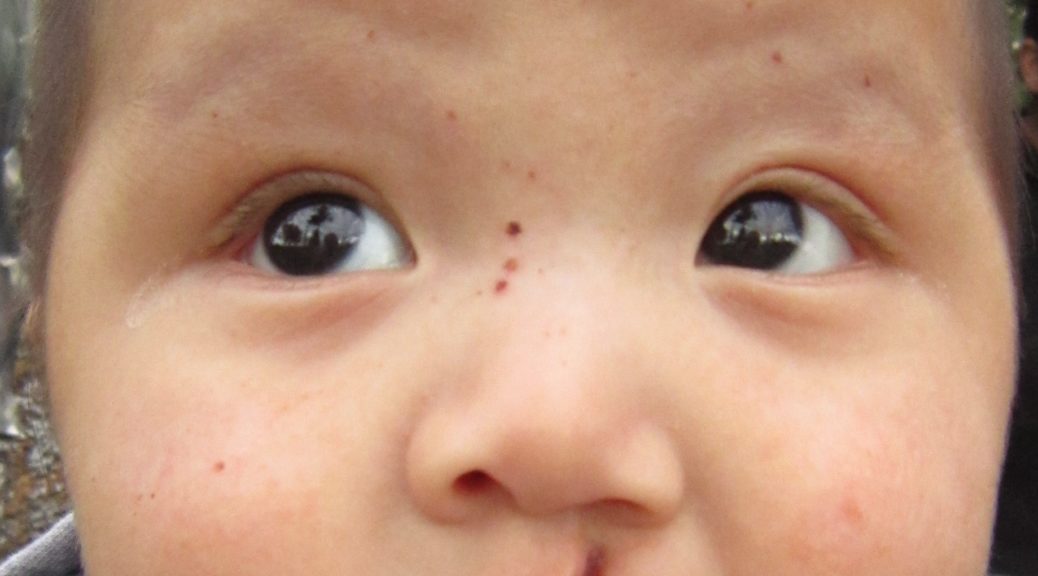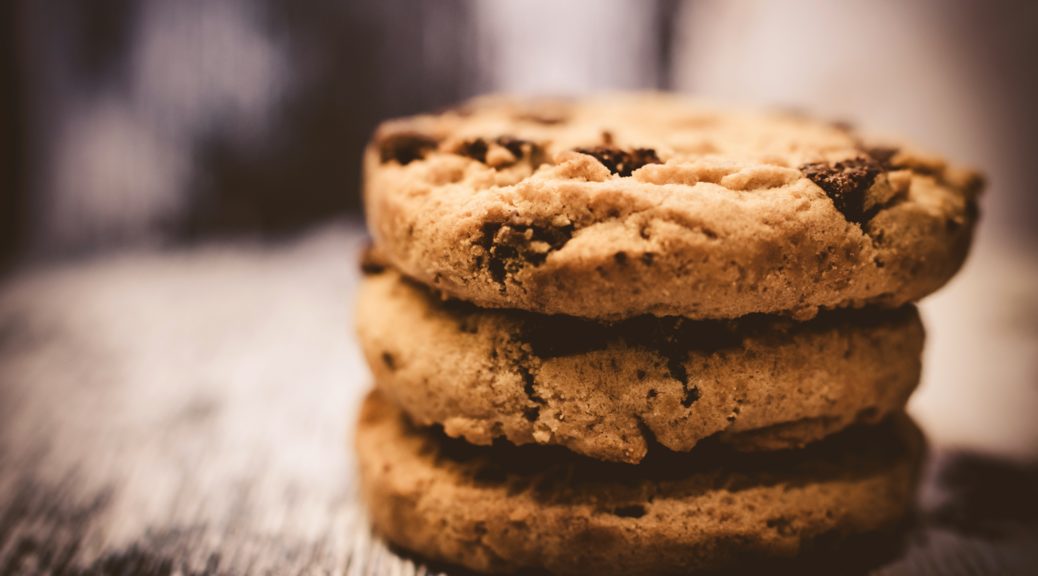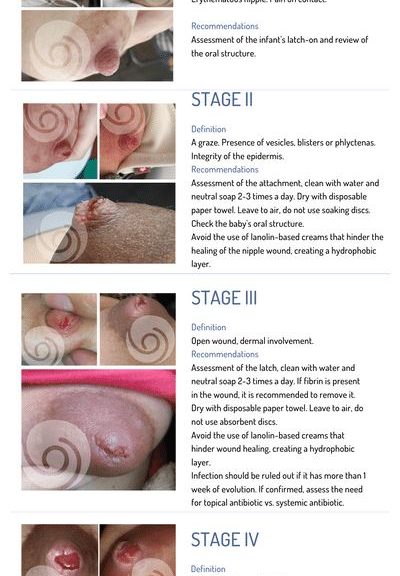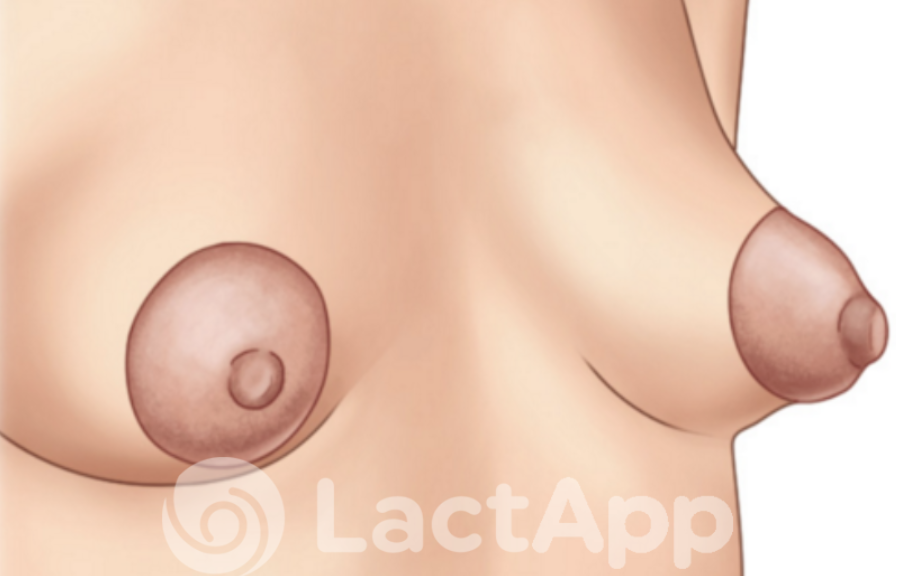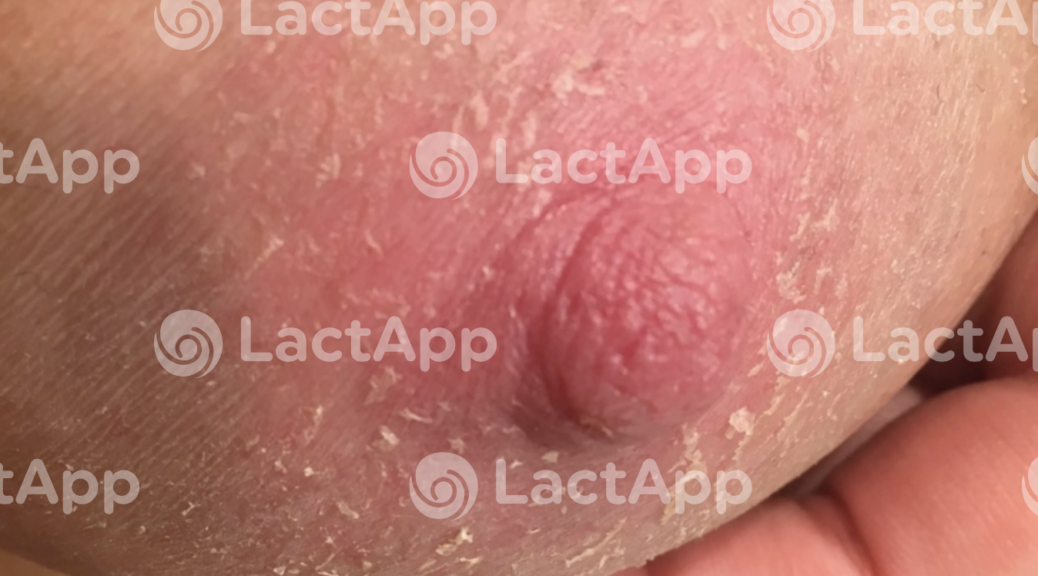Cleft lip or palate and breastfeeding
How can we maintain (or try to maintain, depending on the severity of the case) lactation in situations of cleft lips, teeth, and palate? What is cleft lip/palate, and how does it affect breastfeeding? During pregnancy, the lips are formed between weeks 4 and 7, and the palate between weeks 6 and 9 of pregnancy. Labial, alveolar and/or palatal clefts occur when the tissues that form these oral structures fail to unite. There is a great variation in the presentation…
